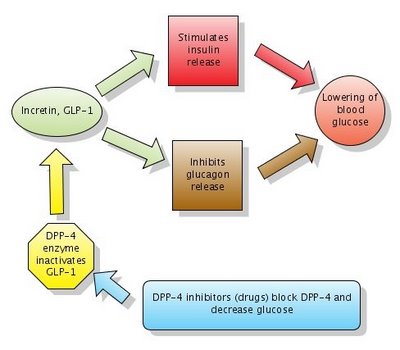 "What is the minimal webmaster competence for running a medical blog?", asked a relatively new blogger recently. My suggestions are listed below.
"What is the minimal webmaster competence for running a medical blog?", asked a relatively new blogger recently. My suggestions are listed below.Keep it simple, and free
If your blog content is great and compelling, you don't need much HTML, CSS, etc. knowledge. Knowing HTML doesn't hurt, of course, but it's not essential.
Keep it simple, and free. Many doctors are wrongly advised to spend time and money on custom installations of WordPress, hosting, and social media consultatants when all they need is a free Google/Blogger blog with a custom domain name.
"Blogging is teaching, whether it’s yourself or others, and that’s the best feeling in the world"
Speaking from personal experience, my blogs reached more than 8 million page views and I've never used outside help for blog launch or maintenance. I don't think my blog content is that great or original apart from a few mind map diagrams, mnemonics and social media how-to articles - it's just my personal digital netbook that I share with the world.
I typically publish one post per day during the week at CasesBlog and AllergyNotes. They are scheduled 2-3 months in advance, and publish automatically, unless I edit them the day before they are due for posting.
"Blogging is teaching, whether it’s yourself or others, and that’s the best feeling in the world" http://goo.gl/hCpF8
Comments from Google Plus and Twitter:
Ahmad Gandour, Jan 25, 2012: This is a great advice i will consider starting a blog in the near future .you really post interesting post i check your post every day in the morning while i am checking journal watch and BEJM news letter thanks for these great post .
Ves Dimov, M.D., Jan 25, 2012: Thank you for your interest. I typically publish one post per day during the week at CasesBlog and AllergyNotes. They are scheduled 2-3 months in advance, and publish automatically, unless I edit them the day before they are due for posting.
Ahmad Gandour, Jan 25, 2012: Thanks for the info i booked marked the both pages i am going to check it every day
Ves Dimov, M.D., Jan 25, 2012: You can subscribe to the RSS feeds - this way there is no need to visit the website every day - the new post gets delivered to your RSS reader (Google Reader) or email.
Ahmad Gandour, Jan 25, 2012: Done :)
Jill Celeste, Jan 25, 2012: Blogger is the perfect tool for a doctor. Great post!
Heidi Allen @dreamingspires: What is the minimal webmaster competence for running a medical blog? casesblog.blogspot.com/2012/04/what-i… Keep it simple and free. Teach yourself and others







